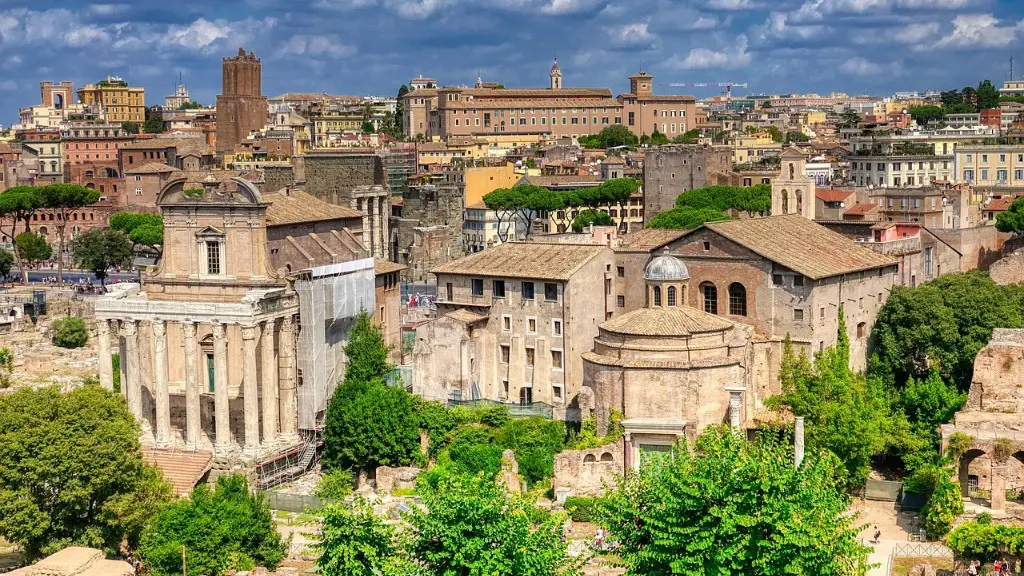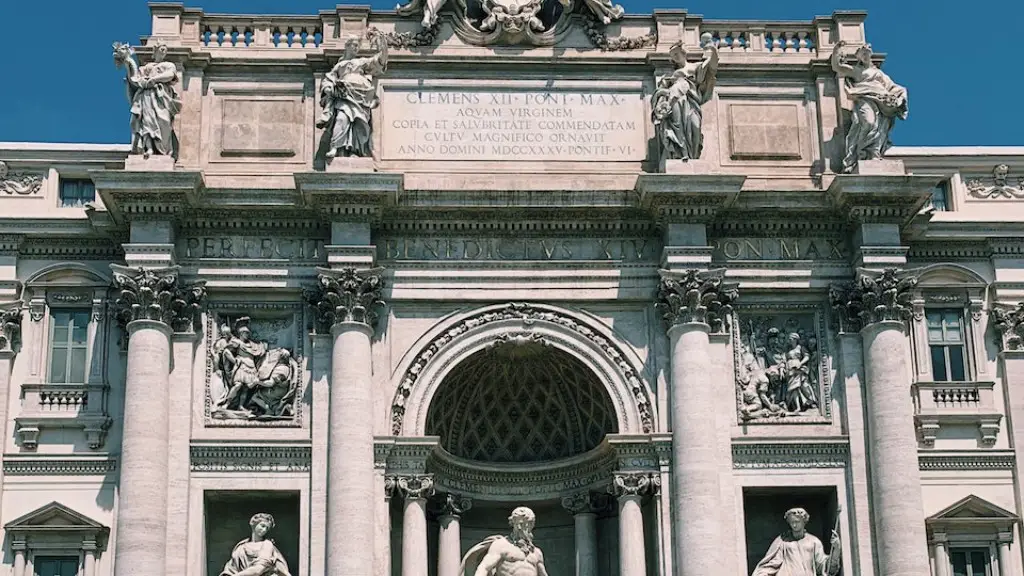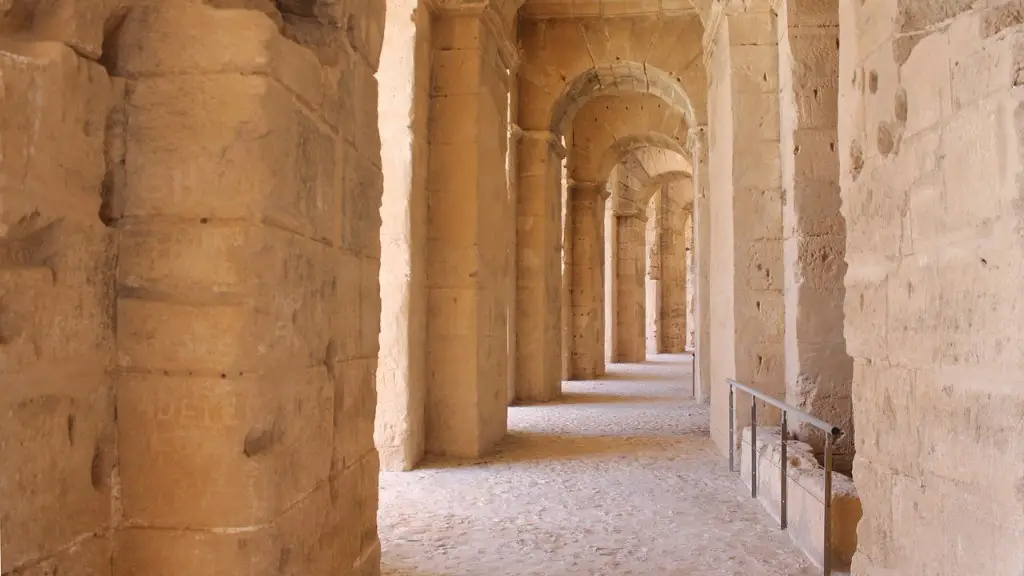Ancient Rome is considered one of the most influential civilizations of all time. Its impact on the the western world is immeasurable and can be seen in everything from politics, to the arts, to language. So when did it all begin?
Ancient Rome dates back to 753 B.C.E when legendary twin brothers Romulus and Remus are said to have founded the city amid a power struggle. The two were adopted by a mother wolf, from which the city derived its symbol – the wolf. Now known as the Capitoline Wolf, this symbol remains a powerful reminder of Ancient Rome’s humble beginnings.
The Roman Republic formed in 509 B.C.E and was a period of great expansion for the city. From conquering members of the Italian peninsula, to Mexico, the Middle East, and parts of Africa, the Roman Republic grew exponentially during this period, and it is said to be Rome’s longest period of peace.
In 49 B.C.E Julius Caesar rose to power, and initiated a series of political changes. Caesar’s succession to supreme ruler was quickly followed by the end of the Republic, and the rise of the Roman Empire.
The Roman Empire was the peak of Rome’s reign, lasting from 27 B.C.E to 476 C.E. With its vast lands, economic strength and cultural excellence – the capital was now formally renamed Roma Caput Mundi or Rome the head of the world – the Empire was one of the most powerful in the ancient world. This period saw the imperial city of Rome at its zenith, with grandiose buildings, monumental squares, and an unrivaled ethos of greatness.
In 312 C.E Emperor Constantine’s conversion to Christianity marked the beginning of the decline of paganism, and a gradual shift in power to the Vatican. This religion-fueled event was followed by a series of invasions from opposing empires. The line of succession to the throne is said to have passed to an ineffectual family, the false Emperors, which further weakened Rome’s grip on the Mediterranean.
In 476 C.E the final ruler of the Western Roman Empire, Romulus Augustus, was deposed by German leader Odoacer. Odoacer was the first leader of the new Roman-dominated region of Italy, known as the “Kingdom of Italy”. This marks the definitive end of Ancient Rome.
The Economy of Ancient Rome
The economy of Ancient Rome was a complex system of production, trade and marketing of goods. It was based on the exploitation of natural resources and slave labour, as well as the production of goods for the Roman market and for export to other places. This was one of the major sources of income for the people of Rome, as it helped to facilitate their daily lives and allowed the Roman Empire to grow.
The state controlled prices and controlled the size of profits which helped to lower inflation. Slavery and serfdom was very common in Ancient Rome which meant that the majority of people did not benefit from economic growth. This led to huge wealth inequality and a lack of basic rights for the lower classes. Nevertheless, merchants and traders of various goods still managed to make a decent wage.
The Roman economy was largely agrarian, with a large focus on farming for food and for exporting to other countries. Religion was an important factor in the production of food as the gods were believed to be responsible for good harvests. The Roman senate allocated public land to individual farmers as part of the agrarian laws, which provided a wide network of farmers across the region and beyond.
The mining and manufacturing of items such as pottery and coins were two other important parts of Roman economy which provided jobs for many people. Trade was also a big part of the economy as they had trading agreements with countries and cities outside of the Republic. The cities of Ancient Rome also featured large and bustling markets which were tended by vendors who sold various goods. This type of trade allowed for an incredibly diverse range of items to be available to people.
Infrastructure of Ancient Rome
The infrastructure of Ancient Rome was quite advanced, especially by the standards of the time. The most iconic of these constructions was the Roman roads, which allowed the empire to move its armies and supplies quickly and efficiently. This efficient transportation allowed Ancient Rome to maintain its vast regions, with extensive networks leading to the cities.
One of the most impressive aspects of the Roman infrastructure was its aqueducts – a system of elevated covered channels used to bring water to the cities. Many of the aqueducts built by the Romans still stand and are a testament to the engineering prowess of the ancient world.
The cities of Ancient Rome were often bustling with activity and filled with public plazas and other forms of entertainment for the citizens to enjoy. These public spaces were often filled with statues and columns, commissioned by the ruling family.
Not only did the infrastructure of Ancient Rome allow maps to be fewer restrictions and more intricate, it also allowed Rome to have a huge agricultural production, with a number of plants grown to feed the citizens.
The transportation of goods and people was also greatly improved by the infrastructure of Ancient Rome, with a number of methods utilised to move items. This included both vehicles, such as chariots, and animals like horses and donkeys.
Living Standards of Ancient Rome
The living standards of Ancient Rome varied widely and depended largely on the wealth of individual citizens. Those who were wealthy were able to live in luxurious houses and enjoy fine dining, while the poor were forced to make do with meagre meals and often resorted to begging for money.
Upper class citizens were able to enjoy access to entertainment, such as theatre performances and gladiator fights in the amphitheatres. There were also opportunities for education and leisure, with the wealthy able to attend prestigious educational institutions and enjoy the intellectual stimulation of the city.
The general standard of living was quite low, with a majority of individuals living in cramped dwellings which posed a major health risk. There were a large number of diseases and infections due to the poor sanitation, in addition to a lack of medical care. This contributed to a low life expectancy of only around 20-30 years among the poorer citizens.
Although Ancient Rome had a number of wealthy citizens, the majority of its population lived in poverty. This meant that there was a large number of people who were reliant on the Roman government’s welfare system, which provided food and other resources to those in need.
Religion in Ancient Rome
Religion was an important part of Ancient Rome, with the traditional religion centering around deities such as Jupiter, Mars, Venus and Mercury. This ancient religion was deeply ingrained in Roman culture and was often referenced in everyday life by citizens. Religion was believed to have a direct influence on daily life and the gods were venerated in an attempt to ensure a favourable outcome.
Although religion was an important facet of Ancient Rome, many citizens chose to follow alternative faiths as they rose in prominence. The most popular of these was Christianity, which was championed by Emperor Constantine and soon became the official religion of the Roman empire. It is estimated that by the end of the 4th century, 10-20 percent of the population of the empire were Christians. This number quickly rose in the succeeding centuries and the ancient Roman religion quickly lost its influence.
The Jews also had a large presence in Ancient Rome, with scholars interpreting the Old Testament in a number of interesting ways. The Jews encountered some hostility from the more traditional pagans, but resistance to assimilation was notably strong and widespread.
In addition to Christianity and Judaism, a number of new faiths such as Gnosticism, Neoplatonism, Manichaeism and Mithraism also gained followers in Ancient Rome. This influx of different belief systems eventually contributed to the demise of the ancient religion, with many citizens turning away from worshipping the old deities.
Culture of Ancient Rome
The culture of Ancient Rome was very diverse and varied due to the various influences from Europe, the Mediterranean and Africa. This culture was expressed through art, literature, philosophy, architecture, dance and music. Art was a major part of this culture and was used for both political and religious purposes, with the colossal statues of Julius Caesar and the Capitoline Wolf being two of the most iconic examples.
Another big part of the culture of Ancient Rome was literature, which was often used to tell stories of gods and heroes from antiquity. Poetry, plays and other creative works were also popular, with Virgil’s epic poem The Aeneid being a particularly notable example.
Philosophy was also prominent in Ancient Rome, with philosophers like Cicero and Seneca writing about a range of topics such as politics, morality and the nature of the gods. The architecture of Ancient Rome was incredibly grand, with monumental buildings and grandiose squares being constructed to showcase the grandeur of the empire.
The Romans also had a love of theatre and music, with the colosseum playing host to many memorable plays and performances. Music was also a major part of the culture, with musicians often performing in small groups in public spaces. The music of Ancient Rome typically featured instruments such as lyres, harps and flutes.
The culture of Ancient Rome was incredibly vibrant and was a testament to the diversity of the region. With influences from Europe, the Mediterranean and Africa, Ancient Rome was able to develop a rich and varied culture – one that can still be seen today.




